Whether buying or selling a home, windows play a big factor in the evaluation process of the home. Unlike most of the rest of the home, windows are visible on both the interior and exterior. Neglected windows can make a home look worse than the overall condition. On the opposite side, brand new or well-maintained windows can help the overall appeal of a home. However, just because a window looks good to the naked, untrained eye, it does not mean they are free from defects that should be known.
During the home inspection process, our inspectors pay significant attention to the windows conducting a multi-step process that includes both the condition and the functionality of the windows. The process extends beyond just inspecting the pane and frame. Windows can be costly to replace or repair so it is important to know the condition up front.
Here are some of the most common window defects our inspectors find in homes:
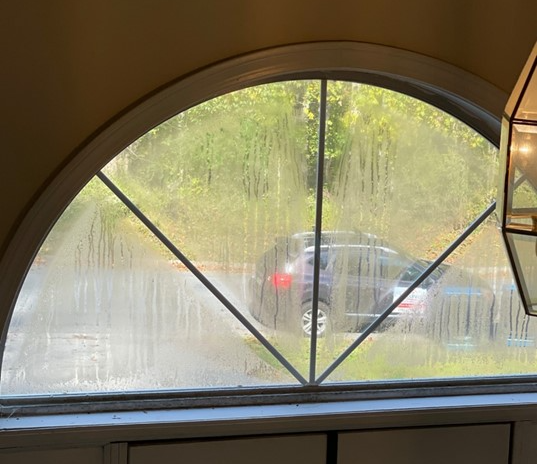
Condensation / Fogged windows:
Condensation, fogged windows, or visible moisture is typically the result of a broken seal on multi-pane windows. During manufacturing, the gas between the panes is sealed to create better insulation. A broken seal allows the gas to escape and condensation/moisture to enter the window. This defect is usually visible depending on temperature conditions. Foggy windows are less attractive and are less energy efficient.
Cracked / Broken Windows:
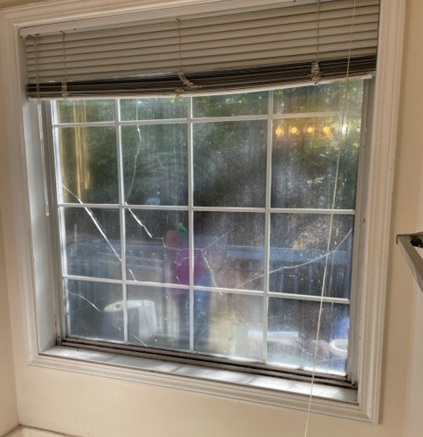
This defect is another very easily seen concern for windows. A broken window may occur from forceful contact on the inside or outside of the home. Children playing with a ball, hail damage, or an attempted break-in, or a bird contacting the window are a few ways a window can be damaged. Windows can also crack over an extended time due to natural wear and tear. In areas with high humidity and extreme temperatures, like Georgia, glass and the surrounding wood frame will expand and shrink. This puts a strain on the windows which, over time, may result in a cracked window pane.
Cracked or broken windows can be a safety hazard if they are significant enough. They also decrease the energy efficiency of the window.
Damaged or Missing Window Glazing:
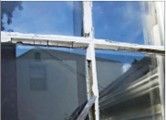
Glazing is the putty material that seals the edge of the glass window pane to secure it within the frame. Glazing is soft and pliable when it is initially installed. It hardens over time to provide a seal and secure the glass. Once hardened the glazing can chip or crack creating small gaps around the glass. Varying weather conditions and temperatures are often to blame for the wear on the glazing. The chipping or cracking of the glazing will reduce the efficiency of the window. Typically, window glazing should last 30 years if properly installed.
Missing / Damaged / Improper Installed Flashing
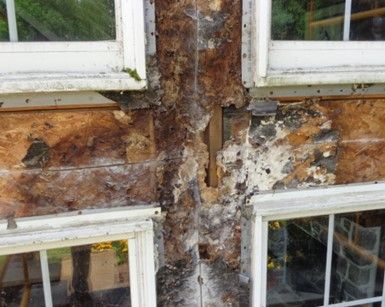
The number one job of flashing is to keep water out. The type of flashing can vary depending on the window and exterior cladding. When installed properly, the flashing ensures no water enters the home. An inspection helps to assess proper installation of flashing. If the flashing is missing, damaged, or improperly installed water can go behind the trim into the interior of the wall, resulting in water damage. The water damage can result in rotting window frames, drywall and siding damage, bubbled paint on the interior, and more significant structural damage.
Clogged / Sealed Window Weeps
Window weeps are small holes at the bottom of the window frame designed to drain water from your window. They are easy to overlook but clogged, blocked, or sealed weeps can potentially cause damage. Water left to collect can seep into the sill and cause rot. You can quickly check your window weeps and clear them of any blockages with a brush, toothpick or other small tool.
Difficult to Operate Windows:
During an inspection, an inspector will open and close each window to ensure they function properly. A window may become jammed and will not open, despite being unlocked. They may also open but catch along the track and do not glide smoothly. On the opposite end, an open window should stay open instead of falling closed. Each of these defects may be a result of age, wear, and weathering. Some windows that have been repainted may also be stuck from paint.
Some windows also have a tilt feature that allows windows to be cleaned easier when tilted into the home. An inspection will reveal if this feature is working improperly. A window that does not tilt may come from broken release tabs, warped window frames, or painted over windows.
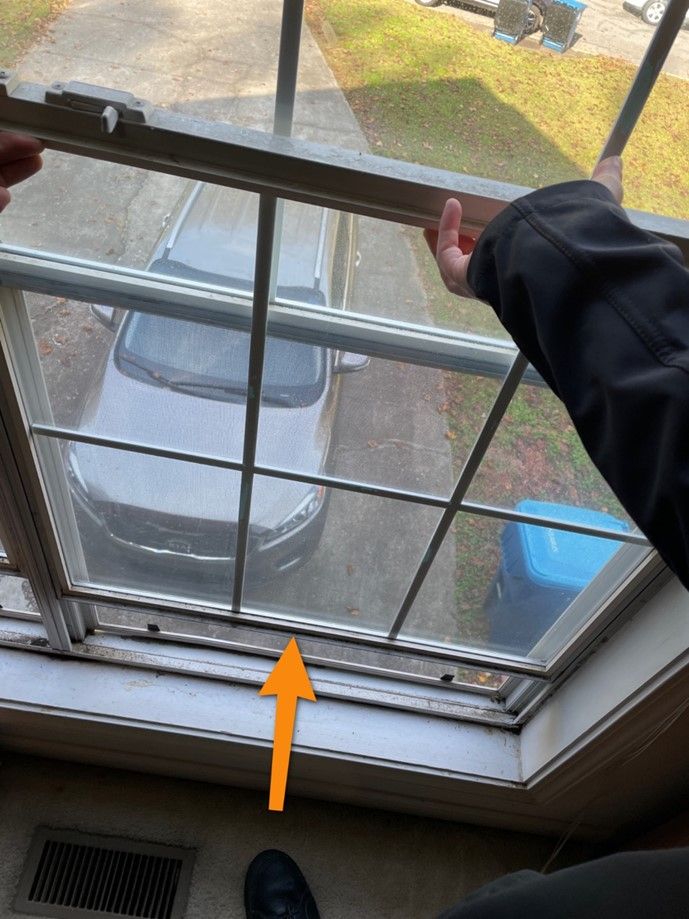
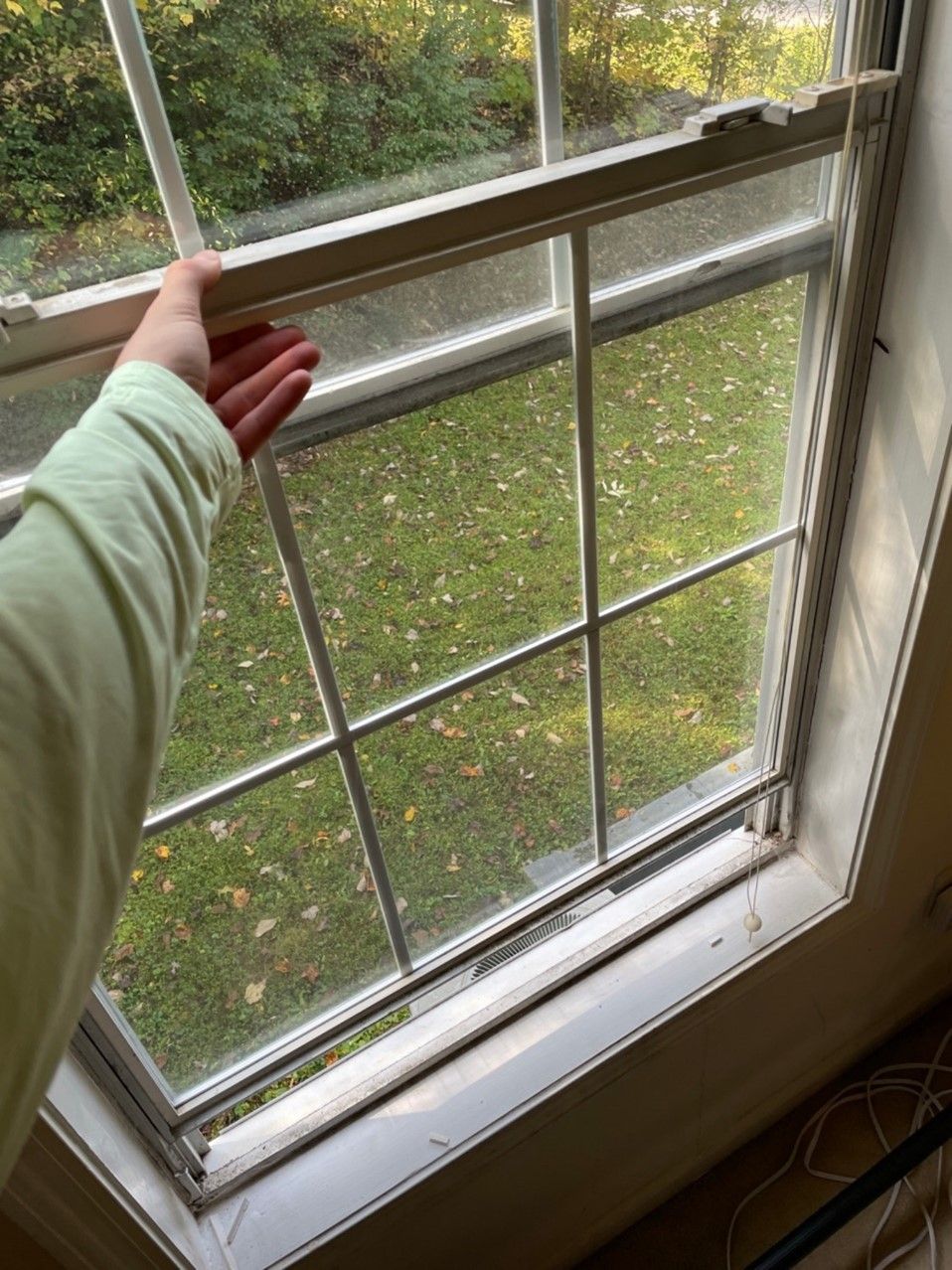
Missing / Non-operating Latches
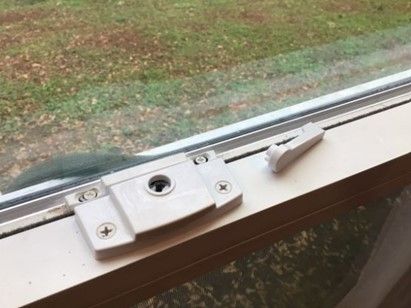
Window latches play an important part in the safety of a home. They prevent windows from being opened when they should not be opened. Homes with small children that may be tempted to open a window and climb through are a great example of the importance of properly performing latches. They also prevent anyone on the exterior from entering unwanted. An inspection will test each window latch to ensure the window can be secured properly.

